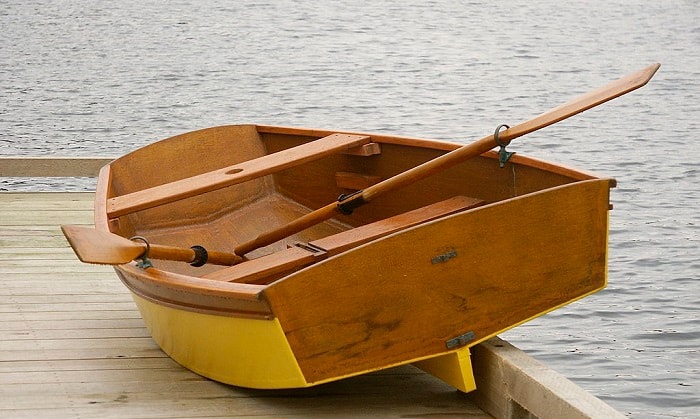
Beyond the Blueprint: Unveiling Hidden Gems in Small Boat Building
Building a wooden boat is a journey, a testament to craftsmanship and a connection with maritime history. While countless resources detail the *how* of boatbuilding, we often overlook the subtle nuances, the unexpected challenges, and the creative solutions that truly define the experience. This article delves into those often-ignored aspects, offering new perspectives for both seasoned builders and enthusiastic newcomers. We’ll explore these insights through a series of questions and answers, drawing on both practical experience and the latest research in sustainable boatbuilding.
The Unsung Heroes: Material Selection Beyond the Obvious
Q: Are there sustainable alternatives to traditional boatbuilding woods like teak and mahogany, now considered unsustainable due to overharvesting?
A: Absolutely! The rise of sustainable forestry practices offers exciting possibilities. Fast-growing plantation-grown woods like Paulownia and certain species of eucalyptus are proving viable options, boasting comparable strength-to-weight ratios while minimizing environmental impact. Research from organizations like the Forest Stewardship Council (FSC) provides detailed certifications and guidelines for sourcing responsibly. Furthermore, exploring recycled and reclaimed woodâ€"think old barn beams or salvaged timbersâ€"adds a unique character to your vessel while reducing waste. Consider the potential aesthetic and narrative value of such materials. Imagine the stories embedded within the wood of a century-old building, reborn as a beautiful sailing craft.
Beyond the Plans: Embracing Improvisation and Innovation
Q: How can I personalize my boat design without compromising structural integrity?
A: While adhering to fundamental principles of naval architecture is crucial, don’t be afraid to experiment within safe parameters. Consider incorporating modern joinery techniques alongside traditional methods. For instance, combining traditional mortise and tenon joints with epoxy bonding can enhance strength and water resistance. Exploring alternative fastening systems such as stainless steel screws or bronze through-bolts, depending on the chosen materials, could also increase durability. Digital design tools can help you visualize modifications and test their impact before committing to the build. The key is careful planning and understanding the structural implications of any alteration. Remember, innovation in boatbuilding often arises from addressing specific challenges faced by the builder.
The Human Element: Learning from Mistakes and Sharing Knowledge
Q: What's the single most important lesson you've learned from building small wooden boats?
A: The answer, surprisingly, is not about technical skills, but about patience and adaptability. Every boatbuilding project presents unforeseen challenges â€" from wood imperfections to unexpected weather delays. Instead of viewing setbacks as failures, embrace them as opportunities for learning and creative problem-solving. Connecting with other boatbuilders through online forums, workshops, and local clubs is invaluable. Sharing experiences and learning from others' mistakes accelerates the learning process and fosters a strong sense of community.
One builder I know encountered a severe warping issue with his planks. Instead of scrapping the project, he cleverly incorporated the warp into the design, creating a unique, almost artistic, feature of the boat’s hull. This demonstrates the importance of embracing the unexpected and making the most out of seemingly detrimental situations.
The Future of Small Boatbuilding: Combining Tradition with Technology
Q: How can technology enhance the traditional craft of wooden boatbuilding?
A: Technology offers powerful tools without compromising the artisan aspect. CAD software facilitates precise design and planning, minimizing waste and maximizing efficiency. CNC routers can execute intricate cuts and shaping with remarkable accuracy, freeing up time for more intricate tasks. Moreover, integrating 3D printing for creating custom fittings or even small structural components opens a world of possibilities. The key is to use these tools judiciously, enhancing the traditional process rather than replacing it entirely. The combination of time-tested craftsmanship and modern technology results in stronger, more efficient, and more aesthetically pleasing boats.
Building a wooden boat is more than a project; it’s a journey of discovery, creativity, and connection with a rich maritime heritage. By embracing innovation, leveraging sustainable practices, and learning from shared experiences, we can ensure that the art of wooden boatbuilding continues to thrive for generations to come.









